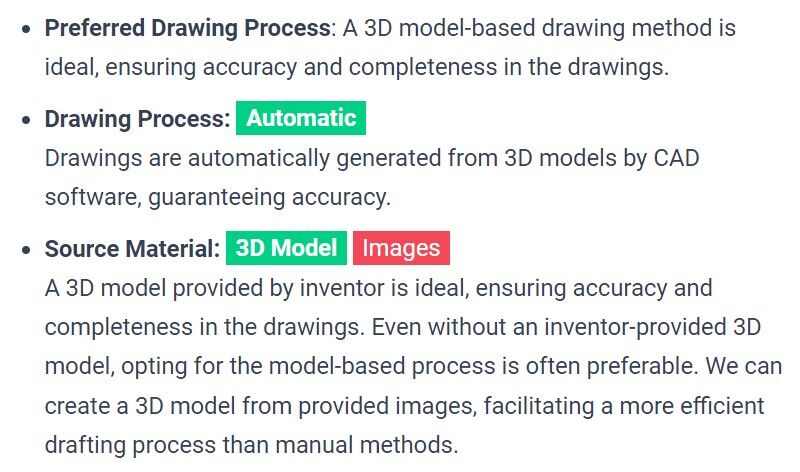Why Most Design Patent Drawings Fail — and How Attorneys Can Fix It
- IP DaVinci
- Article
- June 6, 2025
Table of Contents
⚠️ Design Patent Drawings Are Costing You
Design patents account for less than 5% of all patent filings—yet when they’re litigated, the drawing is the claim. One wrong line, missing surface, or misinterpreted view can mean:
- 🔁 Endless rejections from the USPTO
- ⚖️ Weak enforceability in litigation
- ❌ Missed protection for what matters most
And here’s the problem: most drafters were never trained for this.
🎓 Why Even Experienced Drafters Get Design Drawings Wrong
Unlike utility patents (where text dominates), design patent protection hinges entirely on visual disclosure. But most patent drafters:
- ✅ Trained on utility patents
- ✅ Learned on the job
- ❌ Rarely work with industrial designers or 3D CAD experts
- ❌ Lack experience with litigation-caliber drawing standards
That means even “senior” drafters often:
- Misrepresent curves, contours, or surfaces
- Omit or overuse broken lines
- Submit drawings inconsistent with the product or 3D CAD
- Miss critical view types like sectionals or enlarged fragments
🧠 In short: the drawing looks right but fails under scrutiny.
🔍 The Litigation Test: Are Your Drawings Claiming What You Think?
Courts have repeatedly clarified that:
“The scope of a design patent is defined by its drawings.”
— Egyptian Goddess v. Swisa, 543 F.3d 665 (Fed. Cir. 2008)
If your drawing has:
- Uneven line weights
- Mismatched details between views
- Improper disclaimers or shading inconsistencies
…then your design patent could be vulnerable or unenforceable, even if granted.
And most attorneys won’t discover these weaknesses until it’s too late.
🛠️ What Patent Attorneys Can Do Differently (Today)
As an attorney, you don’t need to become a CAD expert—but you can make your filings stronger by:
Asking your drafter the right questions:
“Was this drawn from a 3D model or from scratch?”
“Did you generate sectional views to clarify geometry?”
“Are broken lines properly used to protect the right scope?”Providing better input:
Send photos, 3D renders, and annotated markups. Don’t rely on verbal descriptions.Working with trained specialists:
Ensure your drawing provider has formal design patent training, not just utility drafting experience.Requesting a drawing checklist or review step before filing.
Catch issues before the examiner or competitor does.
📈 The Training Gap Is Real—And Attorneys Can Close It
Right now, no university or certification body trains people specifically for design patent drawing. It’s a niche skill that combines:
- Visual communication
- CAD fluency
- Patent claim interpretation
- Legal risk awareness
Yet most drawings are still made by utility-focused drafters with no formal design training.
The solution isn’t to redo the system. It’s to upgrade who you work with—and what you ask for.
🔒 Want Stronger Drawings and Safer Claims?
IP DaVinci helps attorneys avoid costly drawing mistakes before they happen:
- ✅ Drawings based on real 3D model workflows
- ✅ Litigation-aware techniques (sectionals, disclaimers, stippling)
- ✅ Quality control built for attorney review
- ✅ Fast delivery for same-week filing
📋 Better Drawings. Safer Claims. Less Headache.
Don’t wait for a rejection—or lawsuit—to find out your drawings were weak.


